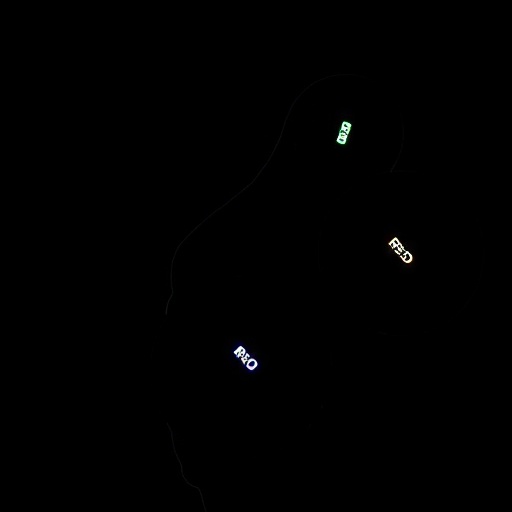Prague, Czech Republic – 25 May 2017: Men seem to have worse chemotherapy-induced cardiomyopathy than women despite receiving similar cancer treatments, according to research presented today at EuroCMR 2017.1
"Cancer patients are living longer because of improved treatment but the side effects of treatment include cardiovascular morbidity and mortality," said lead author Dr Iwan Harries, cardiology specialist registrar at Bristol Heart Institute, currently pursuing a PhD on cardiac magnetic resonance (CMR) imaging and cardio-oncology at the University of Bristol, UK.
A 2016 European Society of Cardiology (ESC) position paper on cardio-oncology described female sex as a risk factor for developing cardiotoxicity from chemotherapy.2 Dr Harries said: "The data largely originates from paediatric populations and, in contrast, animal studies report male susceptibility to cardiomyopathy."
This retrospective observational study in adults investigated whether there was a sex effect on chemotherapy-induced cardiomyopathy. The researchers identified all patients over a six year period that received potentially cardiotoxic chemotherapy, were referred for CMR, and were found to have impaired left ventricular function (chemotherapy-induced cardiomyopathy).
Patients were excluded if they had another condition that could have contributed to the cardiomyopathy such as ischaemic heart disease, valvular heart disease, family history of cardiomyopathy, or excess alcohol consumption.
The study included 76 patients (45 women and 31 men). Data was collected on baseline demographics and comorbidities. Details of the cancer treatment were recorded, including the type of chemotherapy, dose of chemotherapy, and the interval between receiving treatment and having the CMR scan. CMR scans provided information on left and right ventricular function, cardiac volumes, and tissue characteristics.
To assess the potential impact of gender on the development of chemotherapy-induced cardiomyopathy, the researchers conducted a multivariate regression analysis correcting for baseline differences between men and women including age, body surface area, comorbidities, and treatment.
The researchers found that both left and right ventricular ejection fraction was significantly lower in men than women, indicating worse performance of the heart. Cardiac volumes and mass were significantly larger in men compared to women, indicating more damage to the heart's structure.
Dr Harries said: "The results of our study suggest that men developed a more severe form of chemotherapy-induced cardiomyopathy than women at follow-up of 8.75 years. Patients receiving anthracycline received on average 240 mg/m2 of doxorubicin or equivalent, a dose which was similar in both men and women."
Previous studies in paediatric populations which found increased risk in females may be explained by the absence of female sex hormones early in life. In adults it may be that female sex hormones are protective. "Previous lab-based research has shown that female adult rat cardiac muscle cells have a survival advantage over male cells when challenged with oxidative stress-induced cell death3, which is one of the proposed mechanisms of chemotherapy-induced cardiomyopathy," Dr Harries explained.
Dr Harries said: "Ours is a preliminary result and large scale trials are needed to confirm our finding that men are more susceptible to chemotherapy-induced cardiomyopathy than women. If confirmed, the implication of these findings is that cardiologists and oncologists could devise individualised treatment and monitoring strategies for their patients that take gender into account."
"Cardio-oncology is a new field of cardiology that is rapidly developing thanks to oncology treatments being more efficacious and oncology patients living longer but with associated cardiovascular morbidity and mortality due to cardiotoxicity," Dr Bucciarelli-Ducci, senior lecturer in cardiology at the University of Bristol and principal investigator of the study concluded.
###
Media Contact
ESC Press Office
[email protected]
@escardio
http://www.escardio.org
############
Story Source: Materials provided by Scienmag




